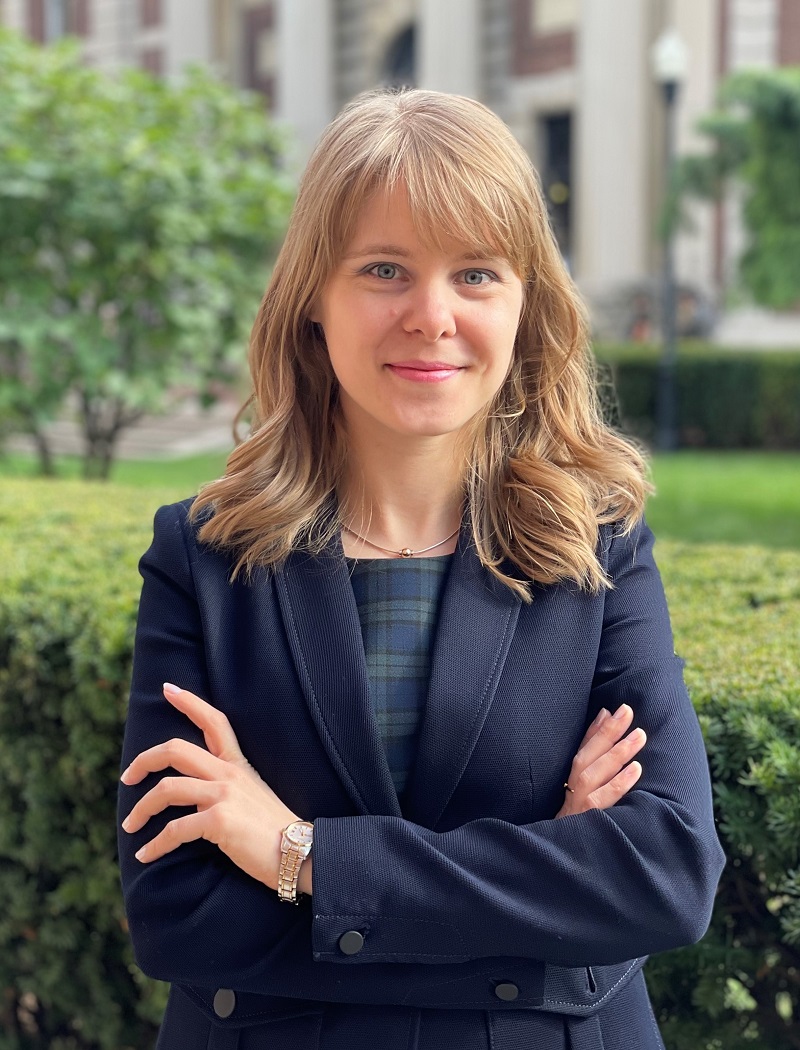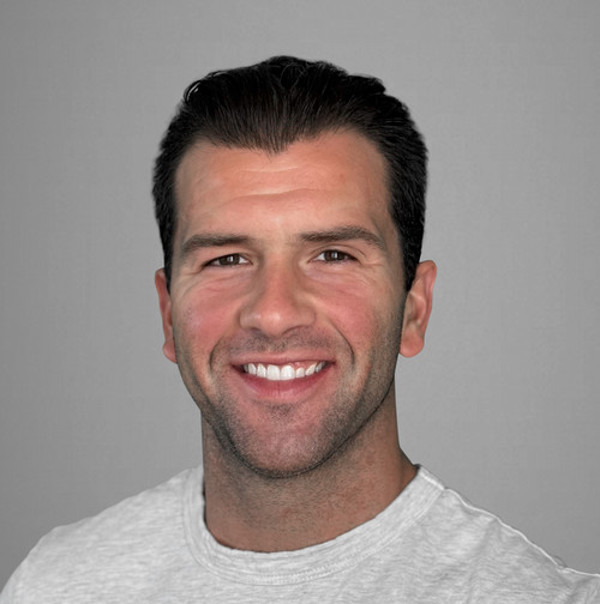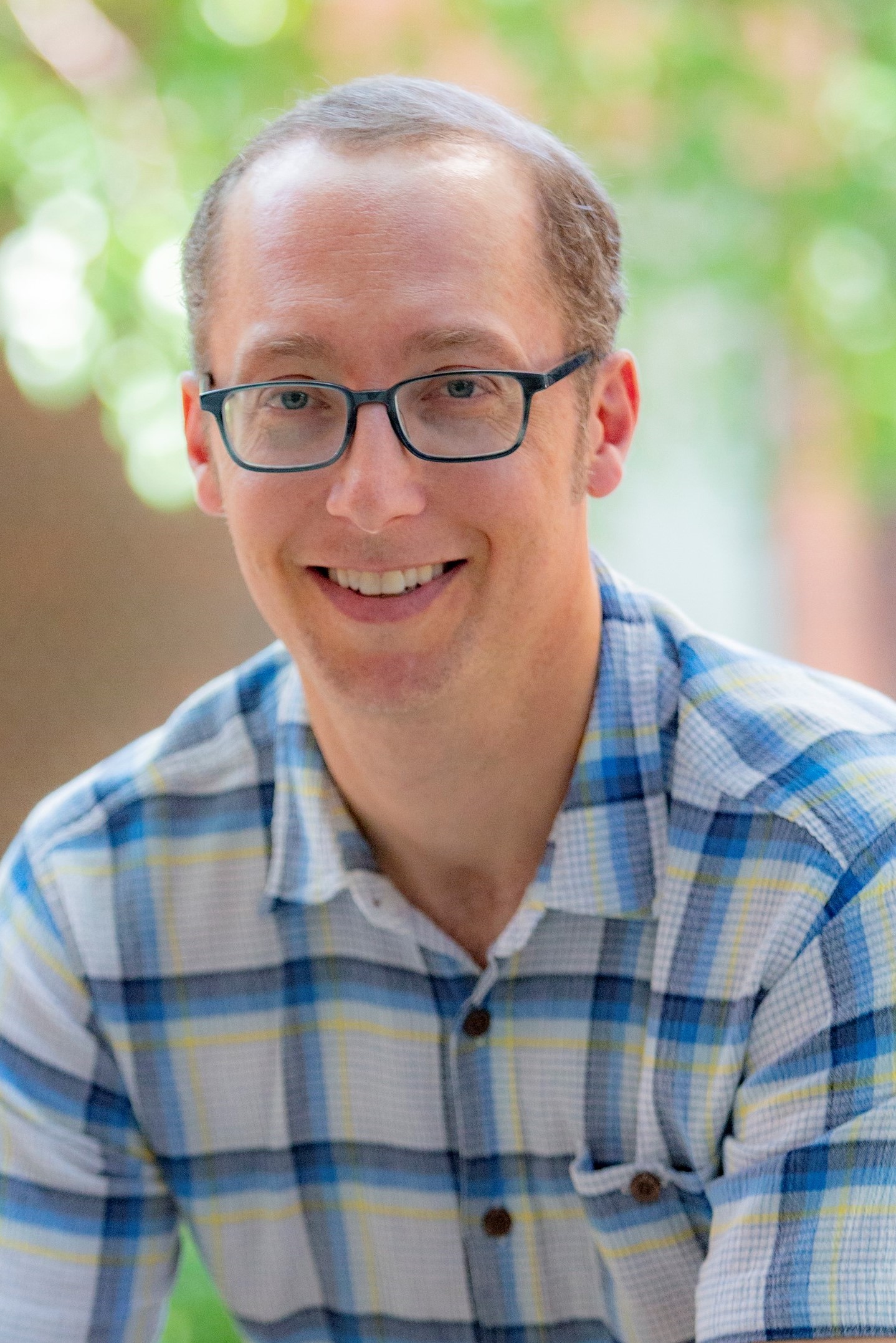Bowdoin Professor Tatyana Avilova and Her Work with Nobel Prize-winning Economist Claudia Goldin
By Rebecca Goldfine
Avilova's twelve-year scholarly partnership with Goldin began when she was an undergraduate student at Harvard University and worked for her as a research assistant.
Goldin was largely the reason why Avilova, who was torn between majoring in East Asian studies or economics, decided to dedicate her career to economics. Assisting Goldin's research in family economics "was the first time I saw a real-world application of the field, that it was not just about models and GDP and unemployment and inflation, that there are questions about the gender earnings gap we can answer," she said.
Goldin, the first solo woman to receive the Nobel Prize in economics, is best known for her work studying the causes behind the gender gap in workforce wages and participation. Her insights behind the drivers of women's engagement in the work force, including access to contraception and child care, and flexible working arrangements, have led to a "re-evaluation of working women [that] has boosted incomes and expanded the labor force—developments that have only added to countries' economic output," writes University of Michigan economics and public policy professor Betsey Stevenson in Bloomberg.
"Claudia is a powerhouse in research," Avilova said in an interview soon after learning that her mentor had received the prize. "She's done a lot of important and trailblazing work and she also is a great teacher and an amazing mentor, not just to me but to many generations of students."
After spending a post-undergraduate year doing research at the University of Tsukuba in Japan on a Fulbright fellowship, Avilova returned to the US to work again for Goldin on a special project called the Undergraduate Women in Economics Challenge. The project, funded by the Alfred P. Sloan Foundation and administered through the National Bureau of Economic Research, experimented with methods to increase the numbers of women in the economics major.
"One of the areas Claudia wanted to shine a light on was the gender disparity in economics among undergraduate majors," Avilova said. At the time, there was only one female economics major for every three male majors, a ratio that has improved since then to 2.5 men for every woman.
Past surveys have shown that increasing the numbers of female economists could have a significant impact on the types of policies and issues they study, Avilova pointed out. A diversity of representation in the field leads to a diversity of ideas. "Encouraging more women is a big part of that," she said.
To address the gender gap, Goldin devised a study to see whether targeted initiatives could recruit and retain female economics majors at the undergraduate level. Avilova helped set up the project and implement it in 2014 and 2015.
In 2016, Avilova started a PhD program in economics at Columbia University, but she recently returned to the project to analyze results with Goldin, a report they published in a July 2023 working paper. They found the interventions had more of an impact at liberal arts colleges, potentially due to the smaller size of the institution (which may make it easier to reach potential majors) and the larger size of the programs relative to other majors. "Large universities did not show an impact of the treatment, although those that implemented their own randomized control trials showed moderate success in encouraging more women to major in economics," she said.
The Undergraduate Women in Economics Challenge, set up as a randomized control trial, enrolled eighty-eight higher education institutions: sixty-eight schools served as controls and twenty were in the treatment group. Institutions across the country were represented in the treatment group, including liberal arts colleges, ivy league universities, and public universities.
Each of the participating institutions was provided with funds, guidance, and networking with peer institutions to implement at least one intervention targeted to female students. The dozens of interventions implemented by the economics departments at the treatment schools can be broadly grouped into three (sometimes overlapping) categories: those focused on providing more information about the field of economics, those fostering more mentoring and role models, and those adjusting the economics curriculum to offer a wider breadth of classes.
"The thinking behind the interventions is that we hoped they would disproportionately affect women and move the needle on that representation, but we realized a lot of them might improve the major more broadly, for instance, by making the major appeal more to students of color, as well,” said Avilova.
The most widely implemented type of intervention focused on building mentorship and an academic community to support female students, such as by starting student clubs and creating more opportunities for students to meet professors, alumni, and other inspiring economists.
The area of intervention that was focused on curriculum and pedagogy led to some participating institutions creating new courses—both introductory and upper-level ones, such as new capstone courses, courses on feminist economics, and classes looking at "real-world issues that economists are trying to solve through their research," Avilova said.
In the end, even if the interventions didn't result in parity across the board at higher education institutions—for now at least—they helped raise awareness of the issue.
In their working paper's conclusion, Goldin and Avilova write, "The interventions that our treatment schools used were relatively low-cost and light-touch. But they required the time and initiative of undergraduate instructional staff and faculty."
"If our efforts have led to a recognition that curriculum and advising should be altered to attract the majority BA group—women—we will have succeeded admirably."



